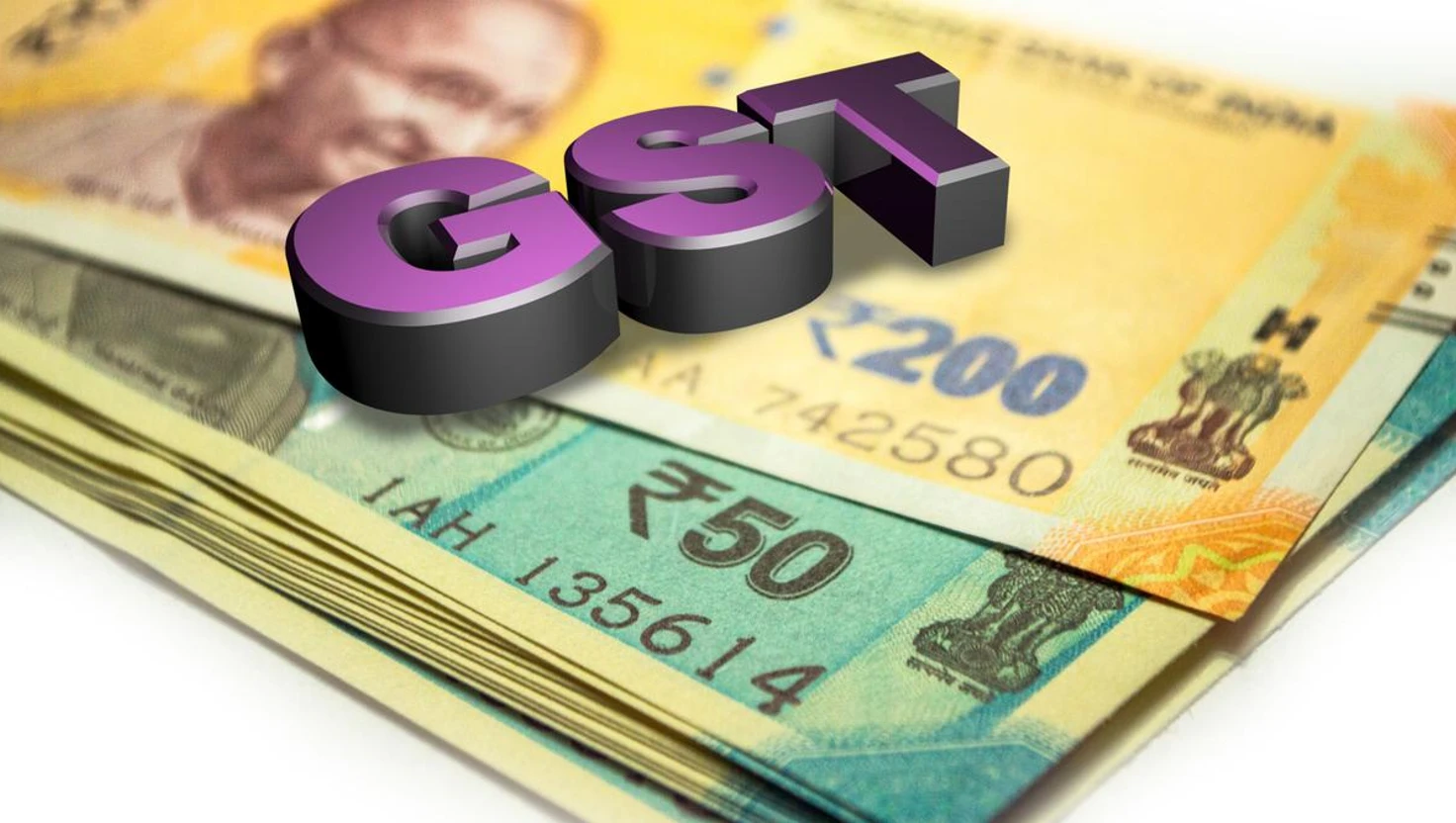Moody's Predicts Greater Revenue Loss from India GST Cuts Than Expected

Moody's Predicts Greater Revenue Loss from India GST Cuts Than Expected
Moody's Ratings estimates that India’s GST cuts will result in higher lost revenue than government predictions, impacting fiscal health.
Moody's Investors Service has released a report stating that the recent cuts to India's Goods and Services Tax (GST) will likely lead to a greater loss in government revenue than the ₹48,000 crore (approximately $5.4 billion) projected by the Indian government. The changes, aimed at bolstering household consumption, could create significant fiscal strain in the coming years.
Impacts of Lower GST Rates
The modifications to the GST rates, approved by the GST Council on 3 September 2025 and set to take effect on 22 September, simplify the existing tax structure into two primary slabs – 5% and 18%. Items previously taxed at 12% and 28% will move to lower rates, while a new 40% rate will apply to luxury and 'sin' products, such as high-end vehicles, tobacco, and sugary beverages. Essential items will remain exempt from GST.
Moody's has indicated that the lower tax rates are expected to reduce prices for consumers, thus enhancing household demand and supporting economic growth at a time when India is facing external pressures, including higher tariffs from the United States. Household consumption currently accounts for about 61% of India’s gross domestic product (GDP).
Concerns About Revenue Loss
Despite the anticipated boost to consumption, Moody's cautions that the tax cuts will significantly impact government finances. The firm warns that, while the government has estimated a foregone revenue of ₹48,000 crore, the actual loss is likely to be larger, particularly after the new GST regime is fully implemented in fiscal 2027.
Tax revenue has already shown signs of weakening, with gross revenues only increasing by 0.8% between April and July 2025, in stark contrast to the 21% growth seen during the same period the previous year. Compounding this issue, government expenditures surged by 20%, leading to an expanded fiscal deficit of ₹4.7 trillion.
Moody's analysis reflects a mixed outlook for India’s economy; while the cuts are credit positive for certain sectors, including automakers and consumer goods manufacturers—due to reduced tax liabilities on various products—they may still hinder overall fiscal consolidation and debt reduction efforts moving forward.
Official Insights on Fiscal Challenges
The Indian government is actively pursuing measures to enhance consumption-driven growth, but these strategies come at a cost. Moody's noted that this approach may inhibit significant revenue-boosting measures for the remainder of the current government term, further complicating the nation’s fiscal situation.
A key concern is India’s continuing struggle with debt affordability, which is among the lowest for investment-grade countries. The report estimates that interest payments will constitute about 23% of the general government revenue for fiscal 2024-25, compared to a median of 8.3% for other nations rated in the Baa category. This financial burden places India in a precarious position as it seeks to navigate economic recovery while managing its debt.
Conclusion
Moving ahead, the combined effects of reduced revenue generation and increased expenditure may pose challenges to India's ability to achieve fiscal stability. If the government continues to implement policies that erode revenue, it could limit opportunities for significant debt reduction and leave the nation's fiscal health vulnerable in the years to come. Understanding these dynamics will be crucial for observers of India's economic trajectory.

Hamas claims its leaders survived Israeli attack in Doha, Qatar
Hamas reports six casualties from an Israeli air strike in Doha, while asserting its leadership remains unharmed amid escalating tensions.
| 2025-09-10

Police firing kills 19 in Nepal. Social Media ban lifted
Nepal's government has lifted a social media ban following violent protests that claimed 19 lives, prompting resignations and calls for investigations.
| 2025-09-09

E-commerce Delivery Costs Set to Rise After 18% GST Implementation
E-commerce platforms in India, including Zomato and Swiggy, will charge 18% Goods and Services Tax on delivery fees starting September 22, 2025.
| 2025-09-07

The Conjuring: Last Rites Outperforms Baaghi 4 at Indian Box Office
The Conjuring: Last Rites tops the Indian box office, surpassing Baaghi 4, prompting reflections from filmmaker Sanjay Gupta on industry trends.
| 2025-09-07

India and Korea Prepare for Asia Cup Hockey 2025 Final Showdown
India faces Korea in the Asia Cup Hockey 2025 final. Both teams aim for victory, showcasing their remarkable skills and competitive spirit.
| 2025-09-07




